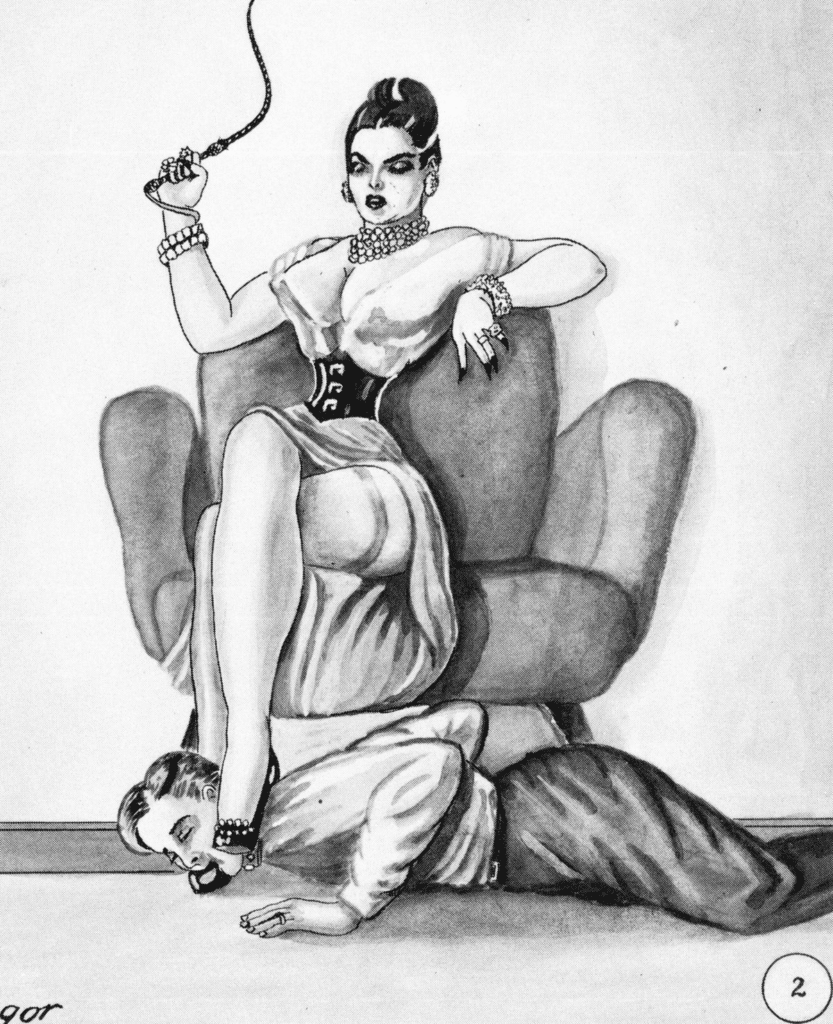
The History of Foot Fetish: From Ancient Worship to Modern Fantasy
Foot fetishism might seem like a modern phenomenon—something whispered about online or explored through discreet videos—but in reality, the fascination with feet dates back thousands of years.
In this article, we explore the history of foot fetish, from ancient religious symbolism to modern-day fantasy, showing that this desire is anything but new.
Ancient Times: Feet as Symbols of Power and Divinity
In many ancient cultures, feet were considered sacred or powerful. In Hinduism, the feet of deities—especially goddesses—were worshiped as divine. Rituals involving the washing or touching of feet were signs of utmost respect and spiritual surrender.
In Ancient Egypt, erotic imagery sometimes included bare female feet, while in Ancient China, the practice of foot-binding emerged as both a beauty standard and a symbol of control and eroticism. Though controversial and painful, bound feet were fetishized in poetry and art as signs of delicate femininity.
These historical facts suggest that the sexual and symbolic importance of feet has deep cultural and psychological roots.

Religious and Medieval Symbolism
In Christianity, the act of washing someone’s feet—as Jesus did to his disciples—became a powerful symbol of humility, intimacy, and devotion. Though not explicitly erotic, the act itself carried undertones of reverence and submission.
Throughout the Middle Ages, courtly art often depicted noblewomen’s bare feet as a subtle erotic detail, hidden beneath layers of cloth, waiting to be discovered. In many traditions, the foot remained a secret, private part of the female body—which made it all the more alluring.
The 19th Century: Fetishism Gets a Name
It wasn’t until the 1800s that the term “fetishism” was used in psychology. Early sexologists like Alfred Binet and Sigmund Freud began studying “sexual anomalies,” including attraction to objects and body parts—feet being one of the most common.
Freud linked foot fetishism to childhood trauma or castration anxiety, while others simply observed how frequent it was among men. Whatever the theory, the discussion placed foot fetishism squarely into scientific and cultural awareness.

The 20th Century: From Taboo to Subculture
By the 1950s and 60s, underground fetish communities began sharing zines and photographs of stockings, high heels, and bare feet. This was the beginning of modern foot fetish content.
The rise of cinema and adult magazines in the late 20th century gave visibility to previously hidden desires. Foot scenes, sole shots, and toe worship began to appear more frequently—though still often cloaked in taboo.
With the arrival of the internet in the 1990s, foot fetishism exploded into a global subculture. Forums, blogs, image galleries, and videos allowed foot lovers to connect, share, and express their desires freely.
Today: Acceptance, Expression, and Platforms Like Fofeet
In today’s world, foot fetishism is no longer hidden in the shadows. Celebrities like Quentin Tarantino have made no secret of their love for women’s feet. Social media, OnlyFans, and platforms like fofeet.com give foot lovers access to high-quality, dedicated content—made by and for people who appreciate the beauty of female feet.
Whether your interest is psychological, sensual, or deeply symbolic, you’re not alone. You’re part of a long historical tradition of foot admiration that spans empires, religions, and revolutions.
❤️ Want to Be Part of This Living History?

At [fofeet.com], we bring together the past and the present—celebrating the timeless beauty of women’s feet with content made for true admirers.
👉 [Explore our members-only videos and see how foot fetishism continues to evolve.]





